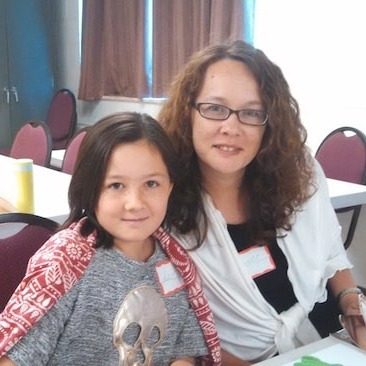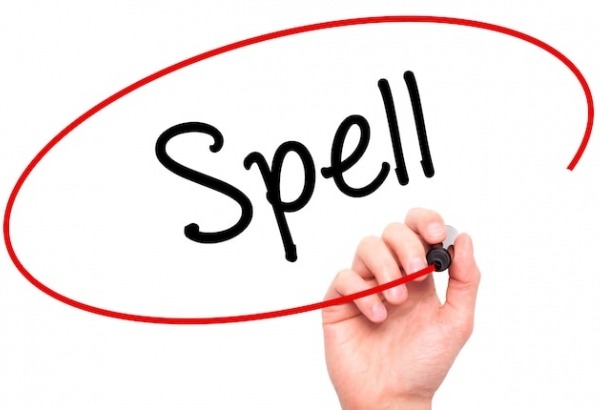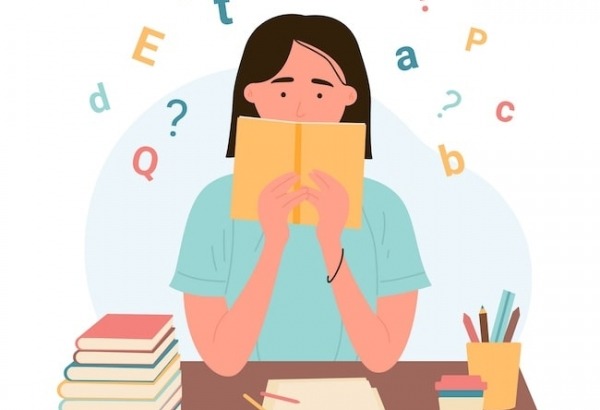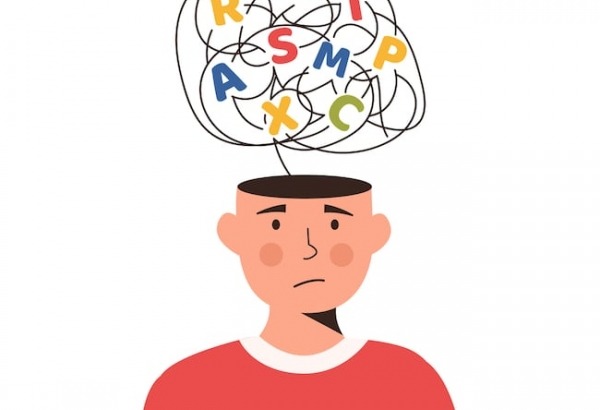3 Causes of spelling difficulties

English spelling can be a source of great frustration for a child who is learning how to read and write. But when difficulties persist beyond the first few years of school, a language-based specific learning difference could be the cause of the trouble. Estimates suggest 1 in ten people struggles with some form of dyslexia, which also affects reading ability.
Dyslexic children may be able to spell a word one day and not the next and can find high frequency service words, such as prepositions, articles and conjunctions, particularly difficult to learn.
When a child’s spelling ability falls below that of same-age peers, it can undermine his or her confidence and result in poor performance at school. It may affect both the amount a student writes and the complexity of their written work. Poor spellers sometimes avoid using words that are part of their spoken vocabulary out of a fear of making spelling mistakes. They can be reluctant to participate in group activities, especially those which involve writing on the board, and are less likely to take notes during lessons.
As literacy skills are necessary across the curriculum, children who receive lower marks on homework and exams may develop a negative attitude toward school and learning and are at risk of suffering from low self-esteem.
The tragedy is that spelling is a somewhat superficial element of writing and with the right coping strategies and classroom accommodations, spelling challenges can often be overcome.
Note that if an underlying language difficulty is not addressed, spelling problems can follow a person into adulthood and affect higher education opportunities and even career choice and advancement. Learn more about helping adults with poor spelling.
Which cognitive processes are involved?
Letter formation
Before a child can master spelling, he or she needs to learn the letters of the alphabet. Letter formation requires extensive cognitive resources and coordination of fine-motor skills before the process becomes automatized. Some individuals continue to struggle with letter formation, particularly those with dysgraphia, dyspraxia, and visual processing disorders. Learn more in this post on handwriting difficulties.
Encoding a word
Letters are arbitrary symbols that represent the sounds of a language. In order to spell, a child needs to be able to hear the sounds in a word, which is an important pre-literacy skill for young children to develop. Next, he or she needs to know the letters that map to those sounds and correctly translate them into written language.
Did you know encoding is the opposite of decoding, which is another way of saying sounding out words in reading? Children who struggle with dyslexia often have trouble with both processes.
Short-term memory
When a word is not spelled in the way that it is pronounced, short-term memory is required to memorize the word’s written form. This is also the case for homophones, words which sound the same but are written in a different way, such as there and their. The more a word is encountered in reading, the easier it is to remember its spelling.
Automatization of writing
The more a dyslexic student writes a word by hand, the more its spelling becomes automatic. This is also the case with touch-typing because spelling is encoded as a series of muscle movements. In fact, many individuals with specific learning difficulties find it easier to spell typing vs. using a pen or pencil. The ability to type can also lead to improvements in written spelling. When asked to spell a word, kids report visualizing the keyboard in their mind’s eye, and watching where their fingers fall.
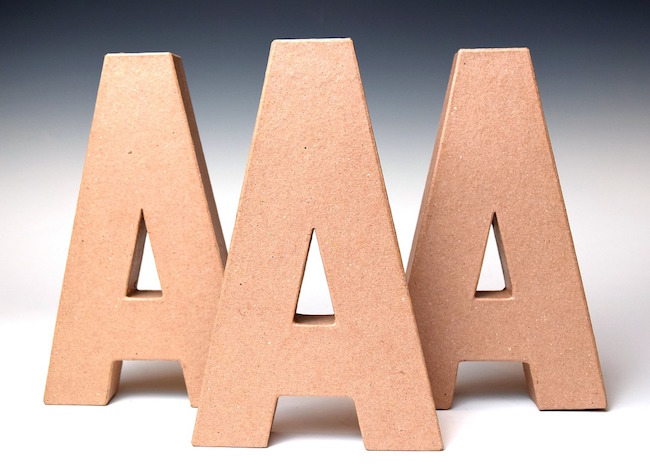
Dyslexia
Dyslexia is a language based learning difference commonly associated with spelling difficulties and reading problems. However, it can also affect memory and processing skills. There aren't different kinds of dyslexia but it can look different in every individual. Nonetheless, many people with dyslexia struggle to split language into its component sounds. And while not being able to spell can be helped through spell-check and proofreading, reading difficulties are far more serious as they can cause kids to quickly fall behind at school.
Teachers will find a dyslexic child’s spelling is often inconsistent. There can be letter reversals, substitutions of same-shaped letters, difficulty with vowel sounds and trouble learning common service words that are abstract and harder to visualize. Learn more about dyslexia related spelling difficulties and strategies for learners.
ADHD
Attention deficit hyperactivity disorder is also used as an umbrella term for attention deficit disorder without the hyperactivity. Kids with ADHD and ADD process information in a different way and often have trouble directing their attention and focusing on tasks. This can mean they don’t pick up on spelling in reading. Short-term memory issues make it harder to remember the spelling of challenging words and there is often less attention to neatness and proofreading of writing. Written work may also be full of spelling mistakes and crossed out bits of language due to the impulsivity associated with ADHD. Learn more about ADD and ADHD.
Dysgraphia and dyspraxia
Dysgraphia and dyspraxia are both conditions that affect writing skills. In dyspraxia, the fine motor skills needed to hold a pen or pencil can make writing by hand physically painful. Dysgraphia can look different depending on the learner. Sometimes just writing in a straight line or staying within margins is a challenge. Because of this distraction, writing is often a frustrating and exhausting process, which results in hard-to-read handwriting and many misspelled words. Learn more about strategies for dysgraphia and helping students with dyspraxia.
Other causes of spelling trouble
Hearing loss
Because encoding requires you to hear the sounds in language, individuals who struggle with hearing impairment may have a less developed sense of phonemic awareness, particularly if the hearing loss was not caught early. They may commonly miss out on a letter or mistake one letter for another and rely more on memory and rote learning to spell vs. sounding out words. Surprisingly, hearing loss is one of the most common causes of language delays in individuals with Down syndrome.
English as a second language learners
In a language like Spanish or German there is a 1:1 correspondence of sounds to letters which means that if you can say a word, you can usually spell it. Unfortunately, this is not the case for English, which has plenty of exceptions to its spelling rules and multiple ways of spelling the same sound. This poses a problem for second language learners as spelling is not intuitive.
More multi-sensory learning tips
As with any kind of learning, involving more than just the eyes and ears helps to create a rich sensory experience that reinforces information in memory. Here are some ideas for taking a multi-sensory approach to spelling.
- Draw out a word in the air. Kids are often asked to write a word on the board or in a notebook, but it can also help to trace the word’s written form in the air. Other materials, such as sand or dirt can be used for tracing shapes. This is particularly helpful for a child with dyspraxia who may have difficulty holding a pen or pencil. Try to say the word aloud while writing to involve more than one sensory channel.
- Use beans, peas, beads or small stones to spell out a word. This is excellent for younger children who are still mastering letter formation and can help with spelling too. It makes spelling a fun challenge and is a great activity for groups as each child can build a letter. For an added challenge, use beans of various colors to differentiate one letter from another.
- Get out the rubber stamps and ink. Using an alphabet set of rubber stamps is a great way to practice spelling as it involves movement and avoids writing by hand. Provide ink of different colors and encourage students to use markers to draw out a picture that represents the word they are spelling. (If possible, as not all words are easy to depict.)
- Take touch-typing lessons with a program like Touch-type Read and Spell. One of the best multi-sensory approaches to spelling is through learning the keyboard. That’s because students see a word on the screen, hear it read aloud and then move their fingers to the corresponding keys to spell it out. Involving all three senses helps reinforce learning. Plus, typing drills can be repeated until a word’s spelling is encoded as a series of muscle movements. Learn why touch-typing is especially helpful for dyslexic students.
- Form letters through human body chains. Although it’s ambitious, getting outside and creating words through human body chains certainly makes for a change from your traditional classroom spelling lesson. Make a written plan of your word first and try to map out who will go where and how you will create each letter. Next, elect a team captain and time yourselves to see how long it takes to get into place. Don’t forget to bring a chair so someone can get a snapshot of the final formation. TOP TIP: Short words are easier!
More ideas for creative approaches to teaching spelling.
The link between spelling and reading
What about reading? Literacy skills are linked and sometimes, as in the case with dyslexia, difficulties with spelling may also be a sign of trouble with reading.
Students who struggle with reading can have lower comprehension because words are misread. Reading may also take longer and be a frustrating task, particularly as it requires so much cognitive energy. Note: If sounding out words is a problem, children can easily become embarrassed at school and it’s recommended that they not be called on to read out loud unless they volunteer for the task.
Fortunately, activities that are designed to target spellings skills can have a positive impact on reading. Repeat exposure to words helps automatize their recognition so students begin to read by sight, instead of sounding each word out. Learn more about sight reading.
Typing to help with spelling
Touch-type Read and Spell is a keyboarding program for individuals who struggle with language based learning difficulties. The dyslexia-friendly approach focuses on accuracy over speed and builds phonics knowledge gradually through individual modules that break learning down into manageable steps. Students harness muscle memory in the fingers to assist with spelling and enhance reading ability as they learn how to type.
Did you find this post useful? You may also like our posts on helping kids with spelling, and enhancing spelling skills.
For learners who struggle with spelling
TTRS is a phonics-based touch-typing program that strengthens spelling ability and builds confidence for children and adults who struggle with spelling.
Chris Freeman

close
Can an Orton-Gillingham approach to literacy help your child?
Take a short quiz to find out!
TTRS has a solution for you
An award-winning, multi-sensory course that teaches typing, reading and spelling

How does TTRS work?
Developed in line with language and education research
Teaches typing using a multi-sensory approach
The course is modular in design and easy to navigate
Includes school and personal interest subjects
Positive feedback and positive reinforcement
Reporting features help you monitor usage and progress


